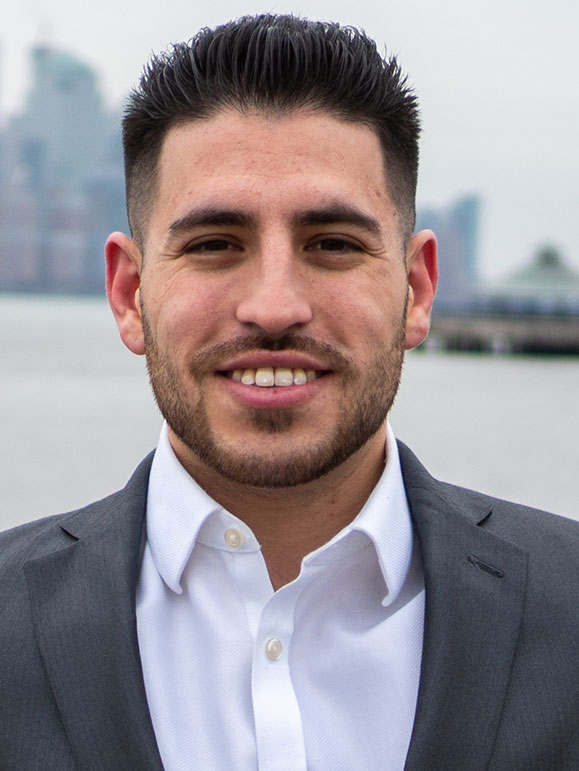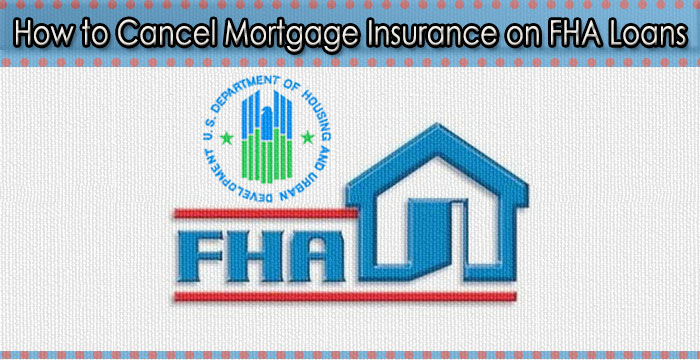
How to Cancel Mortgage Insurance on FHA Loans

FHA loans carry a government guarantee to the lender. Should the loan ever go into foreclosure, the lender is compensated 100 percent of the outstanding balance. That’s quite a benefit to the lender, as long as the lender approved the loan using current FHA guidelines. Yet this guarantee comes at a cost and is funded by an upfront mortgage insurance premium and an annual mortgage insurance premium, or MIP.
The upfront premium, currently 1.75 percent of the loan amount, is rolled into the principal balance and not paid out of pocket. The annual premium is paid in monthly installments. The annual premium amount will vary based upon loan term and down payment. Today, the annual premium is 0.85% of the loan with a 30 year term and a 3.5 percent minimum down payment. The premium for a 15 year loan with 5.00 percent down is 0.70%, for example. But FHA mortgage insurance premiums don’t always have to be forever.
Lender Requirements
Current guidelines for all FHA loans with case numbers issued prior to June 3, 2013, the annual MIP will automatically be cancelled on a 30 year note when the balance is naturally amortizes to 78 percent of the original value and the note is at least five years old. The annual premium is also cancelled automatically on 15 year loans when the loan balance falls to 78 percent of the original value. There is no five year waiting period for 15 year FHA loans.
However, with a 30 year mortgage, the loan will amortize down to 78 percent of the original value in about 11 years. The 15 year note will reach the magical 78 percent mark in just over two years. Note these guidelines apply to FHA loans made prior to June 3, 2013. What about FHA loans after that date? The FHA MIP is permanent and cannot automatically be dropped once the loan balance reaches certain levels. That is unless the borrowers take another option.
Refinancing Out of an FHA Loan
To permanently get rid of MIP, borrowers can refinance out of an FHA loan and into a conventional loan. There is no requirement that borrowers refinance from an FHA loan into another FHA loan. Refinancing into a conventional loan is much like any other mortgage approval process. You’ll need to apply all over again and provide your lender with pay check stubs, bank statements and other needed documentation.
In this method, as long as the current loan balance is at or below 80 percent of the current value of the property, no mortgage insurance will be needed. Borrowers can prepay on the existing mortgage, drawing down the balance, wait until the property value increases to the proper amount or a combination of either. Remember, this process uses the current appraised value, not the original sales price.
There is no waiting period when refinancing out of an FHA loan but some lenders do require the loan to be in place for at least one year. If property values have increased to the point where you no longer think MIP is needed and you want to reduce your monthly payments, refinancing out of the FHA loan entirely is perhaps your best option.
Related Article: How To Cancel Private Mortgage Insurance (PMI) On A Conventional Loan